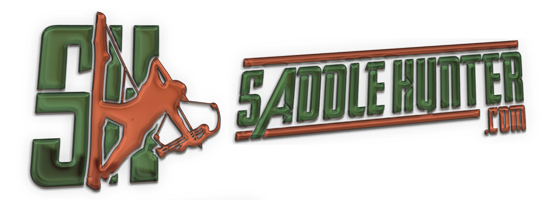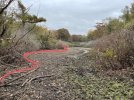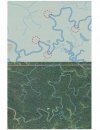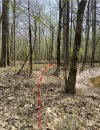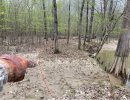I'm only a public land hunter. I have a few spots that I usually go to that I'm familiar with. But next season I'm thinking about going to a few new spots that I have never been to. One reason is simple for a change of view. Another is to expand my horizon from my confront zone a little, complacency and being too familiar with the same spot might hinder me from learning. I might do some light online map scouting but pretty much going in without knowledge of area.
I'm most likely going to be using a hunting saddle or a light hang-on stand. If this was a place I been to before, I would be in a pre-selected tree at 6 am waiting for lights. Honestly with a crossbow or compound, I would be pretty confident as my effective range is pretty high. But with a longbow limited to 15 yards max, I know its a different game.
I have no confident walking around with a flashlight at an unknown location, probably going to leave my car when I'm able to see trails and deer signs clearly.
So anyone that hunt locations going in blind have any tips?
Things I have been told so far: -Focus on transitioning features
-When you're walking, don't constantly stop, this is an unnatural sounds to deer. They get suspicious when sound stop/start suddenly.
-Deer do not always go from point A to B in a linear line, sometimes they make a circle track.
Any other tips?
One big question I would like help on is. When to know to leave/abandon an area. Like the deer have you marked and area have been burned. I hear stories that people would see other deer 15-20mins after scaring one away, while other see nothing else all day after scaring one. Or is this something that I just develop a sense for?
I'm most likely going to be using a hunting saddle or a light hang-on stand. If this was a place I been to before, I would be in a pre-selected tree at 6 am waiting for lights. Honestly with a crossbow or compound, I would be pretty confident as my effective range is pretty high. But with a longbow limited to 15 yards max, I know its a different game.
I have no confident walking around with a flashlight at an unknown location, probably going to leave my car when I'm able to see trails and deer signs clearly.
So anyone that hunt locations going in blind have any tips?
Things I have been told so far: -Focus on transitioning features
-When you're walking, don't constantly stop, this is an unnatural sounds to deer. They get suspicious when sound stop/start suddenly.
-Deer do not always go from point A to B in a linear line, sometimes they make a circle track.
Any other tips?
One big question I would like help on is. When to know to leave/abandon an area. Like the deer have you marked and area have been burned. I hear stories that people would see other deer 15-20mins after scaring one away, while other see nothing else all day after scaring one. Or is this something that I just develop a sense for?
